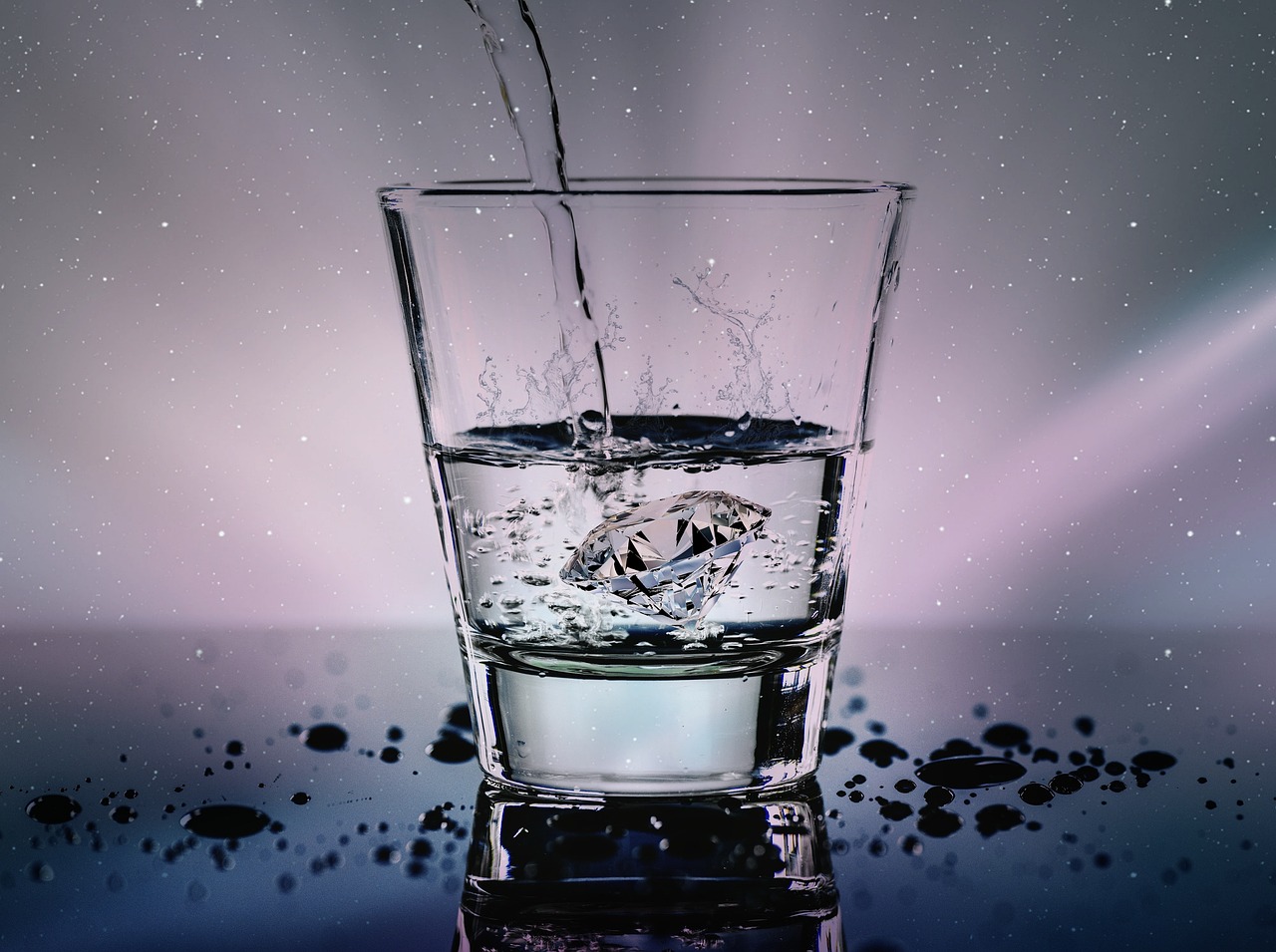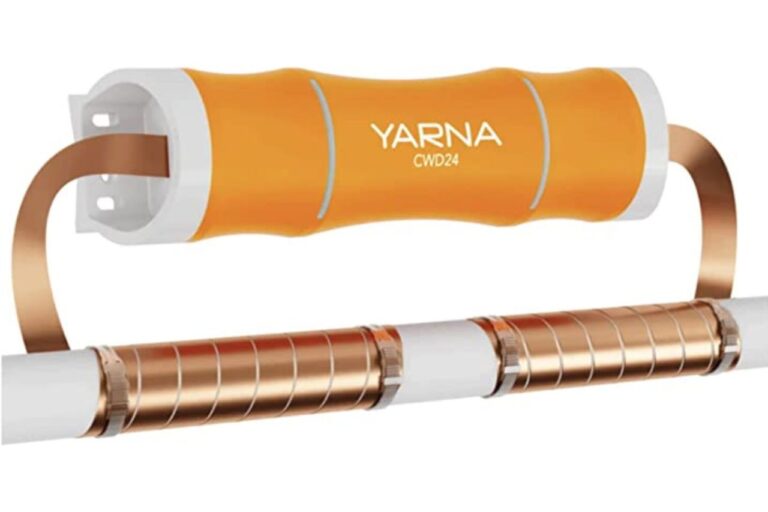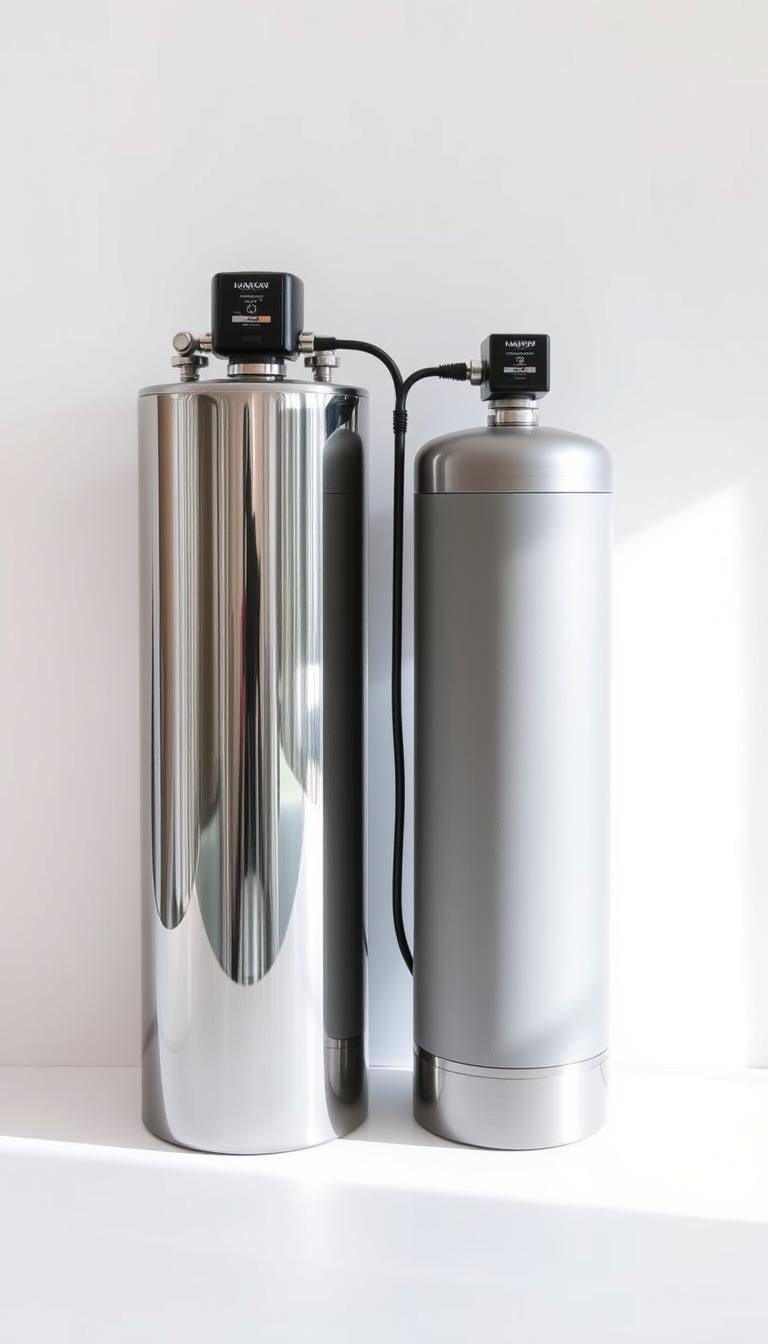The Truth About Water Softeners and Salty Water Taste
Water softeners have been a topic of debate for years, with many people believing that they lead to salty water. But is this really true? As a highly skilled assistant who specializes in writing on various topics, I’ve done extensive research on this subject, and I’m here to debunk the myth of salty water caused by water softeners. In this article, I’ll be shedding light on the truth about water softeners, how they work, and their effects on your water. We’ll take a deep dive into the science behind water softeners and explore the benefits they offer. So, if you’re someone who has been hesitant about getting a water softener because of the fear of salty water, read on to find out why this is nothing but a myth. By the end of this article, you’ll have a better understanding of water softeners and how they can improve the quality of water in your home.
Understanding the myth of salty water
The myth of salty water associated with water softeners has been around for a long time. It is believed that the process of removing hard minerals from water through water softeners results in the addition of salt, which makes the water taste salty. However, this is not entirely true.
Water softeners work by removing hard minerals such as calcium and magnesium from water. This is done through an ion exchange process where the hard minerals are replaced with sodium ions. The sodium ions are then flushed out of the system through a regeneration process. During this process, salt is used to recharge the resin beads that are responsible for the ion exchange.
It is during this regeneration process that salt is added to the water softener system. However, the amount of salt that is added is very small and is not enough to make the water salty. In fact, the amount of salt added is less than what is found in a slice of bread.
It is also worth noting that the salt used in the regeneration process is not the same as table salt. Water softener salt is made up of either sodium chloride or potassium chloride, both of which are safe for consumption. The salt is dissolved in the water softener system and is only used to recharge the resin beads and is not present in the water that comes out of your taps.
How water softeners work
Water softeners work by removing hard minerals from water through an ion exchange process. The process involves passing the water through a resin bed that is made up of tiny resin beads. These beads are negatively charged and attract positively charged minerals such as calcium and magnesium.
As the water passes through the resin bed, the hard minerals are replaced with sodium ions. Once the resin bed is saturated with hard minerals, it needs to be recharged. This is done through a regeneration process where a solution of salt and water is used to flush out the hard minerals from the resin bed. The hard minerals are then replaced with sodium ions, and the resin bed is ready to use again.
Water softeners come in two types: salt-based and salt-free. Salt-based water softeners use the ion exchange process described above, while salt-free water softeners use a different process called template-assisted crystallization. This process involves the use of a template that attracts hard minerals and turns them into crystals, which are then flushed out of the system.
Differences between salt-based and salt-free water softeners
Salt-based water softeners are the most common type of water softener and are effective at removing hard minerals from water. However, they do require regular maintenance and the addition of salt to the system. Salt-free water softeners, on the other hand, do not require any salt and are low-maintenance. They are also environmentally friendly and do not discharge any salt into the wastewater system.
Salt-free water softeners are not as effective as salt-based water softeners at removing hard minerals from water. They do, however, have other benefits. For example, they do not alter the taste of the water and leave essential minerals such as calcium and magnesium intact.
Benefits of using a water softener
There are several benefits to using a water softener. Firstly, it can improve the taste of your water. Hard water has a distinct taste that many people find unpleasant. By removing hard minerals from water, a water softener can improve the taste of your water.
Secondly, water softeners can help to extend the life of your appliances. Hard water can cause scale buildup in appliances such as dishwashers and washing machines, leading to reduced efficiency and a shorter lifespan. By removing hard minerals from water, water softeners can help to prevent scale buildup and extend the life of your appliances.
Thirdly, water softeners can help to save you money. Hard water can cause scale buildup in your plumbing system, leading to reduced water flow and increased energy bills. By removing hard minerals from water, water softeners can help to prevent scale buildup and improve the efficiency of your plumbing system, resulting in lower energy bills.
Debunking the myth of salty water
As we’ve already mentioned, the myth of salty water associated with water softeners is not entirely true. While salt is used in the regeneration process, the amount that is added is very small and is not enough to make the water taste salty. In fact, the amount of salt added is less than what is found in a slice of bread.
Water softener salt is also safe for consumption and is dissolved in the water softener system. It is not present in the water that comes out of your taps. So, if you’re hesitant about getting a water softener because of the fear of salty water, you can put your mind at ease knowing that this is nothing but a myth.
Water softener maintenance and upkeep
Water softeners do require regular maintenance and upkeep. Salt-based water softeners require the addition of salt to the system and the regeneration of the resin bed. The frequency of regeneration depends on the hardness of the water and the size of the water softener system.
Salt-free water softeners require less maintenance and upkeep. They do not require any salt and do not need to be regenerated. However, they do require the replacement of the template that is used to attract hard minerals.
Alternative methods for treating hard water
If you’re not interested in getting a water softener, there are other methods for treating hard water. One option is to use a reverse osmosis system, which uses a membrane to remove hard minerals from water. Another option is to use a water conditioner, which uses electromagnetic waves to alter the structure of hard minerals, making them less likely to stick to surfaces.
Water softener installation and cost
The cost of installing a water softener varies depending on the size of the system and the type of water softener you choose. Salt-based water softeners are generally more expensive than salt-free water softeners. However, they are also more effective at removing hard minerals from water.
Installation of a water softener typically involves hiring a professional to install the system. The installation process involves connecting the water softener to your plumbing system and ensuring that it is functioning properly.
Conclusion and final thoughts
In conclusion, the myth of salty water associated with water softeners is nothing but a myth. While salt is used in the regeneration process, the amount that is added is very small and is not enough to make the water taste salty. Water softeners offer several benefits, including improved taste, extended appliance life, and cost savings. While they do require regular maintenance and upkeep, they are a worthwhile investment for anyone looking to improve the quality of water in their home.







